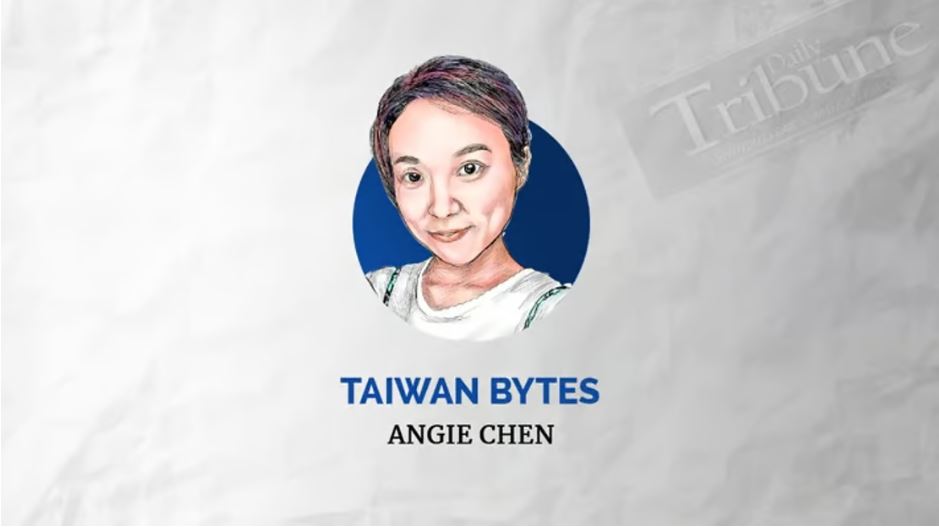In February, Taiwan Semiconductor Manufacturing Co. Ltd., the world’s largest contract chip manufacturer, opened its first fabrication plant in Japan.
The construction of the first plant of the Japan Advanced Semiconductor Manufacturing Inc., a joint venture between TSMC, Sony Semiconductor Solutions and Japanese automotive components manufacturer Denso, is described as swift.
While it usually takes three years to build such a plant, the factory located in Kumamoto Prefecture completed construction in 20 months, and it is set to start operations later this year.
Moreover, TSMC’s second fab in Japan is scheduled to start construction at the end of this year and begin operations by the end of 2027.
At the same time, construction on the TSMC Arizona in the United States fab began in 2021, but TSMC delayed the opening of the first plant from a scheduled timeline of late 2024 to 2025, citing a lack of specialized labor.
It pushed back the timeline for production at its second factory in the US from 2026 to either 2027 or 2028.
The speedy construction of the JASM fab is attributed to the similar work culture in Taiwan and Japan, and the full support of the Japanese government.
Japanese Prime Minister Fumio Kishida said that Japan’s strong support for the development of the semiconductor industry is unprecedented.
Ikuo Kabashima, governor of Kumamoto Prefecture, revealed that 6,000 to 7,000 workers of the Kajima Corp., one of the largest construction companies in Japan, worked every day and it felt like all the cranes in Japan were working at the JASM site to achieve the goal of speeding up the construction.
Semiconductor industry analyst Kevin Xu points out that the workers in Japan worked seven days a week and ran 24-hour non-stop shifts.
It’s the kind of intensity that TSMC is used to in Taiwan.
And, back in 2014, TSMC famously began a 24-hour research and development operation called the “Nightingale program” to catch up with Samsung and win back Apple’s business.
Nonetheless, TSMC’s investments in the US are not getting with the kind of urgency so far.
While TSMC has not got a penny from the reported $15 billion in tax credits and subsidies it is seeking from the US government, Japanese government is funding ¥476 billion ($3.2 billion) for the first JASM plant and is planning to fund ¥732 billion ($4.95 billion) for the second plant.
Retired 92-year-old TSMC founder Morris Chang mentioned at a lecture at the Massachusetts Institute of Technology last year that Taiwan’s advantages in chips manufacturing are substantial supply of high-quality and dedicated engineers, technicians and operators, low turnover rate, geographical concentration and Experience Curve Theory i.e. large cumulative experience yields low cost.
To be specific, if a great number of capable, disciplined and loyal employees are willing to stay in TSMC for a long time, and they can develop, retain and pass on knowledge to new generations of employees, it will be an invaluable asset to the company.
JASM has a workforce of over 1,000, including 300 to 400 sent from Taiwan. The number is expected to increase to about 1,700 when mass production starts.
The local community in Kumamoto has prepared to embrace the influx of Taiwanese talents, their family members and business opportunities to boost the local economy.
It is noteworthy that before the first JASM fab starts mass production, it is overwhelmed with orders.
Experts expect Japan will become another significant production base for TSMC in Asia, and JASM will bring economic benefits of up to ¥6.9 trillion.
